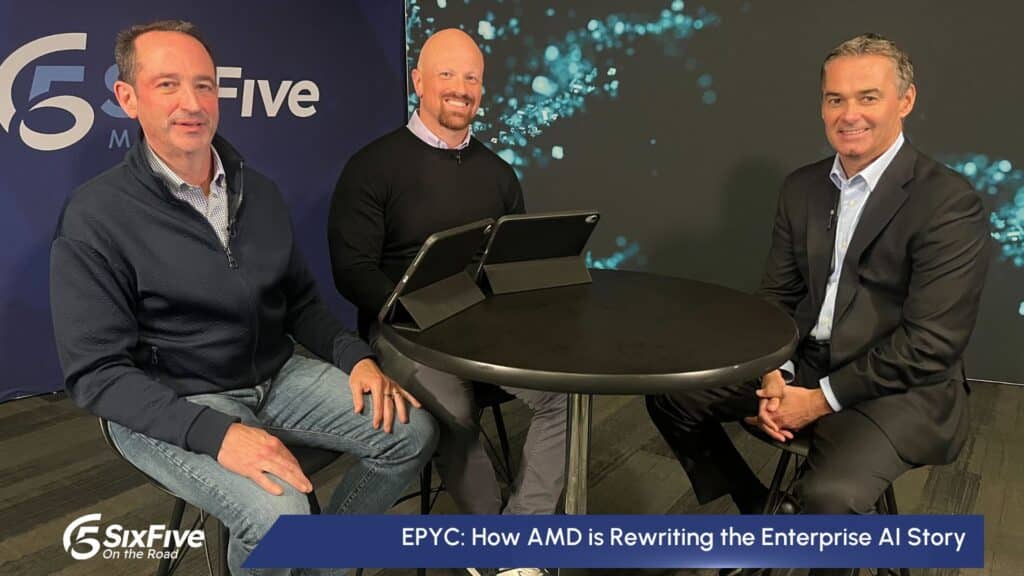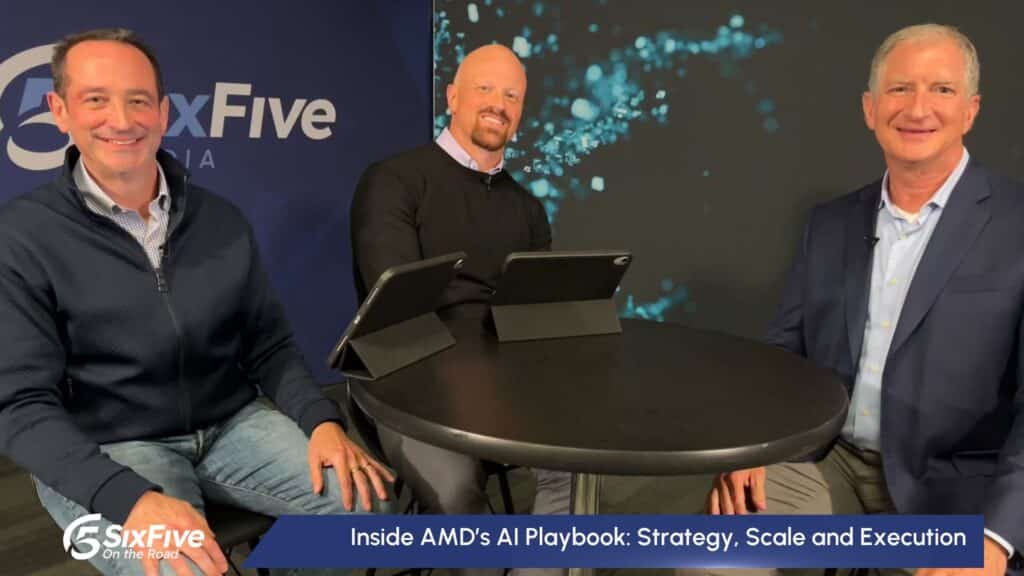The Internet of Things (IoT) has made a significant impact on our world. There’s a vast number of “things” that collect and share data with other things — applications, connected devices, machines and more. These devices use built-in sensors to collect data, and the real-time insights gleaned from that data is fueling digital transformation.
Real world examples of the IoT range from a smart home that automatically adjusts due to environmental factors to a smart factory that monitors equipment and machines for potential problems to avoid down time.
SAS, a leader in analytics technology, created an excellent resource on the Internet of Things to help people and businesses better understand what it is, how it’s impacting our world, and why this technology matters for the future.
As the volume and variety of big data streaming from IoT devices expands and the technologies we use to analyze the data evolves, it’s important that we understand how we are all connected and what new things are possible.
In this guide, you’ll learn a history of the IoT plus gain a better understanding of the techy acronyms and other terms that define the IoT. You’ll also discover:
- How to process data streams real-time to make fact-based decisions
- How most industries, from education to oil and gas, are using IoT devices and data
- The evolution of the IoT over the past few years
- How the technologies like AI and analytics work together to unlock the full potential of the IoT
- How the right technology partner can make a difference in your IoT journey
This introduction guide on the IoT provides valuable insight on an emerging technology that will forever change the way we live and do business. If you want to gain a competitive advantage and learn how to use this technology more efficiently, check out this guide now.
Futurum Research provides industry research and analysis. These columns are for educational purposes only and should not be considered in any way investment advice.
Author Information
Shelly Kramer is a Principal Analyst and Founding Partner at Futurum Research. A serial entrepreneur with a technology centric focus, she has worked alongside some of the world’s largest brands to embrace disruption and spur innovation, understand and address the realities of the connected customer, and help navigate the process of digital transformation. She brings 20 years' experience as a brand strategist to her work at Futurum, and has deep experience helping global companies with marketing challenges, GTM strategies, messaging development, and driving strategy and digital transformation for B2B brands across multiple verticals. Shelly's coverage areas include Collaboration/CX/SaaS, platforms, ESG, and Cybersecurity, as well as topics and trends related to the Future of Work, the transformation of the workplace and how people and technology are driving that transformation. A transplanted New Yorker, she has learned to love life in the Midwest, and has firsthand experience that some of the most innovative minds and most successful companies in the world also happen to live in “flyover country.”




